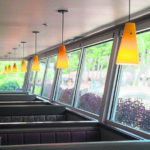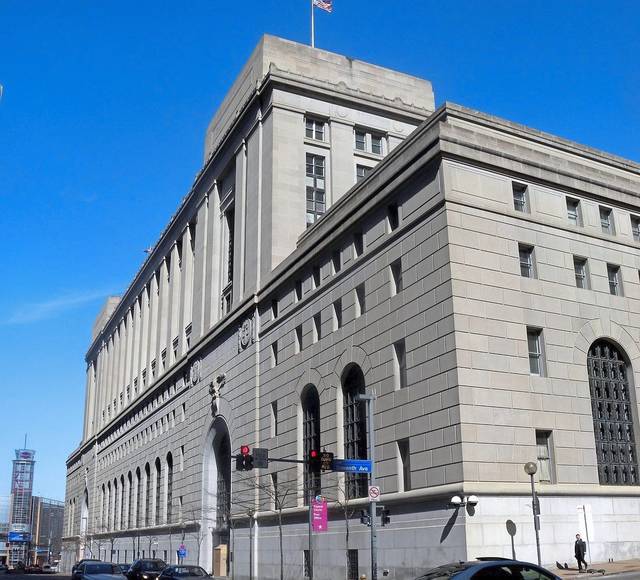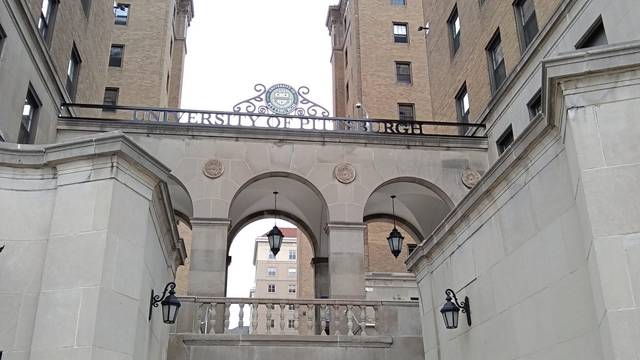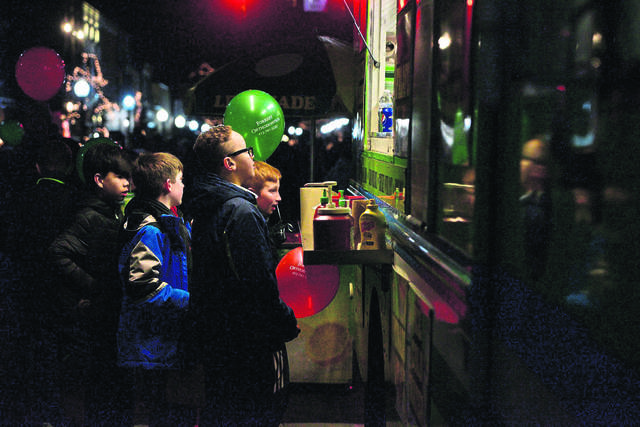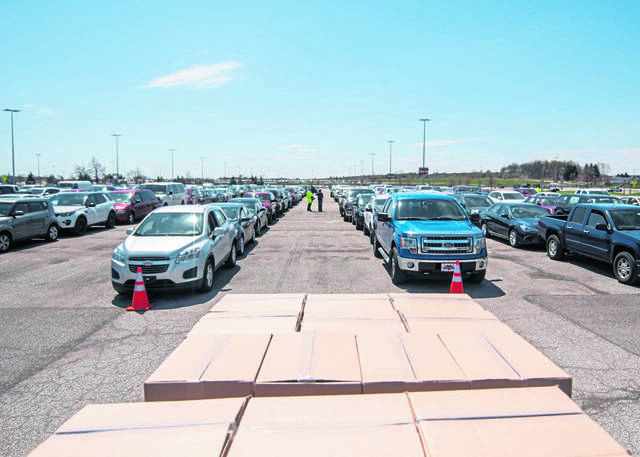Indoor dining will resume in Allegheny County after an order issued Friday by health officials eased some coronavirus restrictions. It goes into effect at 5 p.m. Friday.
The new order rescinds the county’s July 8 order that prohibited indoor dining, and largely follows the statewide order issued Wednesday. Indoor dining is permitted at 25% capacity. Alcoholic beverages may be served indoors, but only along with food. Patrons must be seated at a table or booth; bar service is not permitted. The county’s previous limit of three alcoholic drinks per customer has been lifted.
Supplementing the state’s order, Allegheny County retained three elements from its July 8 order:
• Indoor and outdoor seating service must close by 11 p.m. Take-out is permitted beyond that time.
• Tobacco products, including e-cigarettes, are prohibited at all indoor and outdoor dining facilities and indoors at casinos.
• Events and gatherings not held in restaurants or other retail food service establishments are limited in size: no more than 25 people indoors or 50 people outdoors.
Anthony Roman, owner of Roman Bistro in Forest Hills, said that allowing indoor seating at 25% capacity is a good sign for restaurants.
“It’s a step in the right direction — but even at that, it’s hard to keep your head above water,” Roman said.
The ever-changing restrictions have been frustrating for restaurant owners, said Joe Kolek, owner of Anchor Inn in Harrison.
“You’re open, you’re closed, you’re in, you’re out. It’s an unfair thing,” he said.
Kolek said the new order helps, but it’s not enough.
“My taxes are based on 100%,” he said. “My licenses are based on 100%. If people tell me I only have to pay my bills at 25%, I’d be OK. You cannot live at 25% wages.”
Both Kolek and Roman said their restaurants will be open for indoor seating — abiding by the 25% capacity limit — tonight.
The new order “does nothing” for Matt Turbiner, owner of Shady Grove restaurant in Shadyside. He said his restaurant will continue to focus on outdoor seating, as 25% occupancy inside won’t allow him to seat many more patrons.
“The only thing it does is relieve some anxiety about bad weather,” he said, suggesting he could bring some people in if it rains.
Sam Sieber, owner of Sam’s Tavern in the Wall, said the 25% capacity limit won’t help his Aspinwall restaurant, which has seen sales drop by 85% during the pandemic.
At quarter capacity, his restaurant could only use about four tables, he said. Plus, the short notice on such changes makes it hard for restaurants to prepare.
“The way they change these things every other day does us no good,” he said. “We can’t order food, we can’t schedule people.”
Sieber said he won’t be content until his restaurant is back to full capacity.
Westmoreland County restaurants, as well as those in most other parts of Pennsylvania, were restricted to 25% capacity starting Thursday as part of the new statewide order issued by Gov. Tom Wolf on July 15. A week earlier, the state Department of Health told county leaders indoor dining would be banned before officials thought better of that move.
Anthony DeNunzio, manager of DeNunzio’s Italian Chophouse & Sinatra Bar in Latrobe, told the Tribune-Review this week that having limited indoor dining, even at 25% capacity, was better than none.
“It leaves it up to the people, that’s what’s important. If they want to go out and sit and eat in a restaurant, great. They should have that opportunity,” said DeNunzio, whose family also has restaurants in Jeannette and Monroeville.
Wolf on Friday also urged Congress to help restaurants by passing the Real Economic Support That Acknowledges Unique Restaurant Assistance Needed to Survive (RESTAURANTS) Act, a bipartisan bill that would provide $120 billion to help independent restaurants survive the economic challenges posed by the pandemic.
“Our nation’s independent local restaurants have been especially harmed by this pandemic and they really need federal help,” Wolf said. “These small businesses are an important part of every community. They serve as places that help to unite us and are an important economic driver in local communities that create thousands of jobs that working families rely on.”
Pennsylvania has more than 26,000 eating and drinking locations, which create a combined 580,000 jobs and contribute more than $24 billion to the state economy, according to the most recent figures from the National Restaurant Association. Nationally, there are more than 1 million restaurant locations which last year were predicted to generate around $863 billion in revenue, according to the trade group.
The federal bill would provide grants to cover the difference between revenues from 2019 and 2020 projections, with a maximum grant of $10 million. The funds could help restaurants pay for things like payroll, benefits, mortgage, rent, protective equipment, food or other costs.




